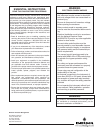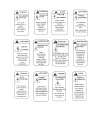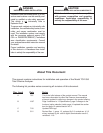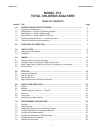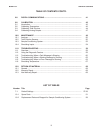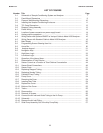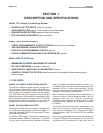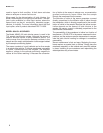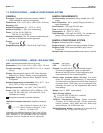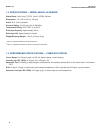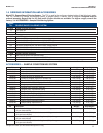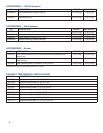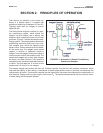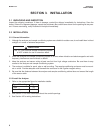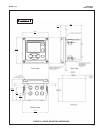
2
MODEL TCL SECTION 1
DESCRIPTION AND SPECIFICATIONS
used to signal a fault condition. A fault alarm activates
when an analyzer or sensor fault occurs.
When used for the determination of total chlorine, the
Model 1056 analyzer is a single input instrument. The ana-
lyzer is also available in a dual input version, where the
second input can be pH, conductivity, dissolved oxygen,
chlorine, or turbidity. For more information about the dual
input option, refer to product data sheet PDS 71-1056.
MODEL 499A CL-02 SENSOR
The Model 499ACL-02 total chlorine sensor is used in the
TCL sample conditioning system. Although the sensor is
called a chlorine sensor, it really measures iodine. The
iodine comes from the reaction between oxidants in the
sample and the acetic acid/potassium iodide reagent added
by the sample conditioning system.
The sensor consists of a gold cathode and a silver anode
in an electrolyte solution. A silicone membrane, permeable
to iodine, is stretched over the cathode. The analyzer
applies a voltage to the cathode sufficiently negative to
reduce all the iodine reaching it. Because the concentra-
tion of iodine in the sensor is always zero, a concentration
gradient continuously forces iodine from the sample
through the membrane into the sensor.
The reduction of iodine in the sensor generates a current
directly proportional to the diffusion rate of iodine through
the membrane, which is directly proportional to the concen-
tration of iodine in the sample. Because the iodine concen-
tration depends on the amount of total chlorine in the
sample, the sensor current is ultimately proportional to the
total chlorine concentration.
The permeability of the membrane to iodine is a function of
temperature. A Pt100 RTD in the sensor measures the tem-
perature, and the analyzer uses the temperature to compen-
sate the total chlorine reading for changes in membrane
permeability.
Sensor maintenance is fast and easy. Replacing the mem-
brane requires no special tools or fixtures. Simply place the
membrane assembly on the cathode and screw the retainer
in place. Installing a new membrane and replenishing the
electrolyte takes only a few minutes.



